
June 21, 2021
How Continuing to “Mow the Grass” Might Lead to Israel’s Reoccupation of Gaza
Fighting brief wars with Hamas every few years buys only temporary quiet. If that continues, Israeli citizens could demand that their government finally establish lasting security.
If there’s one thing the recent war with Hamas made clear, it’s that Israel’s strategy for dealing with the Gaza Strip, known as “mowing the grass,” may be approaching its expiration date. And that will leave the Jewish state with only one feasible alternative—reoccupying part or all of Gaza.
Mowing the grass means that every few years, when Hamas starts a new round of violence, Israel takes military action to degrade its capabilities enough to gain another few years of quiet. Like grass on a lawn, terror inevitably grows back, and must be cut down again; yet just as mowing a lawn nonetheless serves a purpose, so too does destroying terrorist infrastructure. With the exception of the 2014 war, which included a sizable ground component, these operations generally have been short, were conducted almost exclusively from the air, and produced few Israeli casualties.
The obvious drawback to this strategy is that it buys only temporary quiet; after a few years to recover, Hamas once again rains missiles on Israel. That’s something reoccupation would prevent; it bears repeating that while Hamas has fired over 20,000 rockets at Israel from unoccupied Gaza over the last sixteen years, not one missile has ever been fired from the Israeli-controlled West Bank.
Responses to June ’s Essay
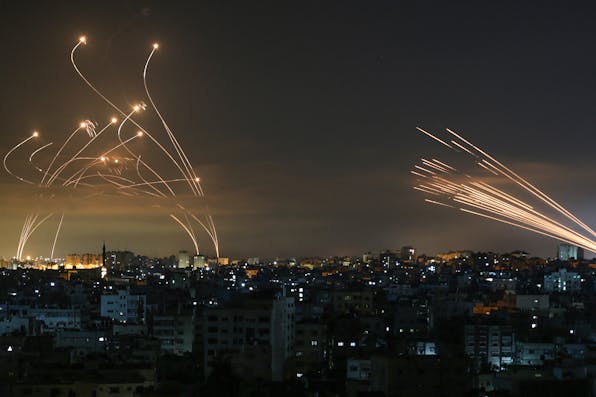
June 2021
What Will Gaza Look Like Ten Years from Now? A Symposium
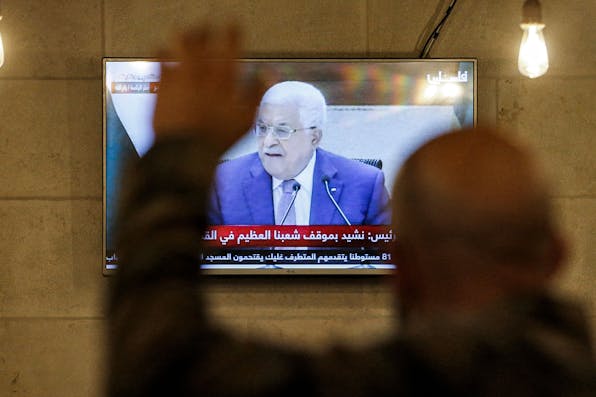
June 2021
What Can Be Done Politically to Weaken Hamas
By Elliott Abrams
June 2021
What Egypt Wants In Gaza
By Haisam Hassanein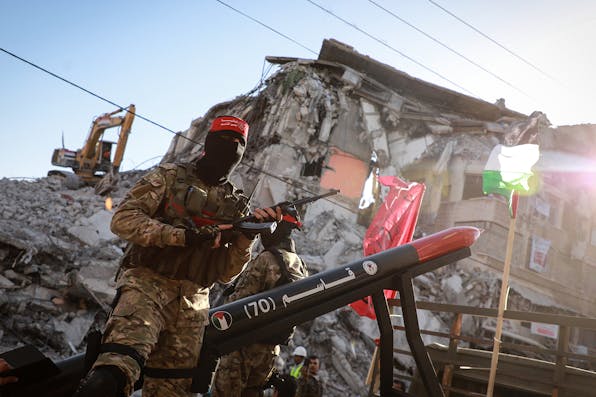
June 2021
The Status Quo in Gaza Is the Least-Bad Option
By Yaakov Amidror
June 2021
Where We See Gaza in Ten Years
By Amos Yadlin, Ari Heistein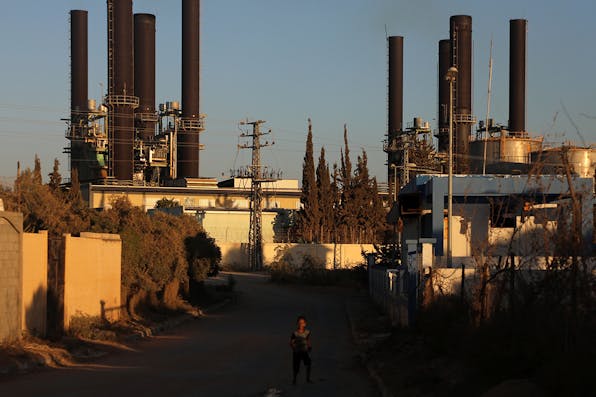
June 2021
How to Boost Gaza’s Economy without Boosting Hamas
By Yechiel Leiter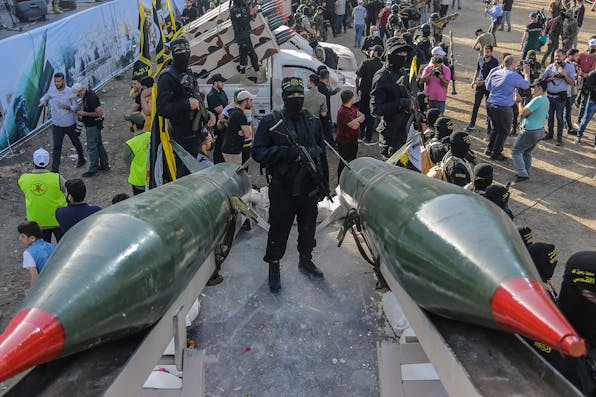
June 2021
How Continuing to “Mow the Grass” Might Lead to Israel’s Reoccupation of Gaza
By Evelyn Gordon